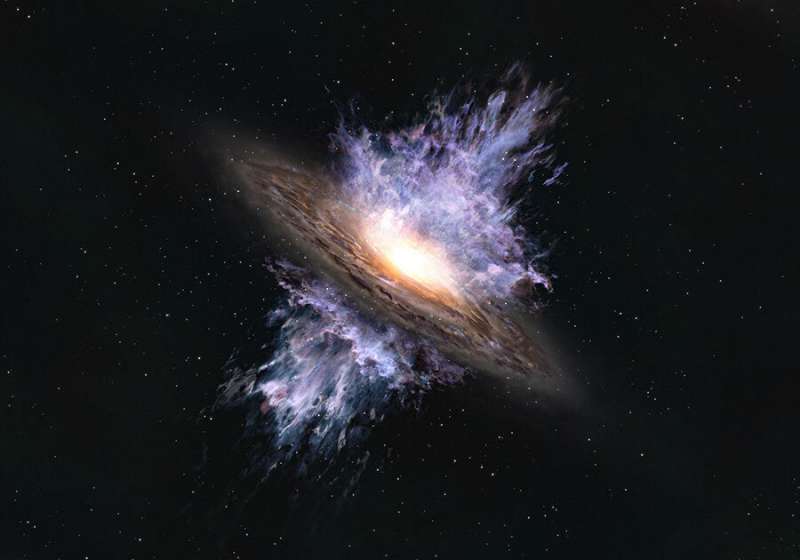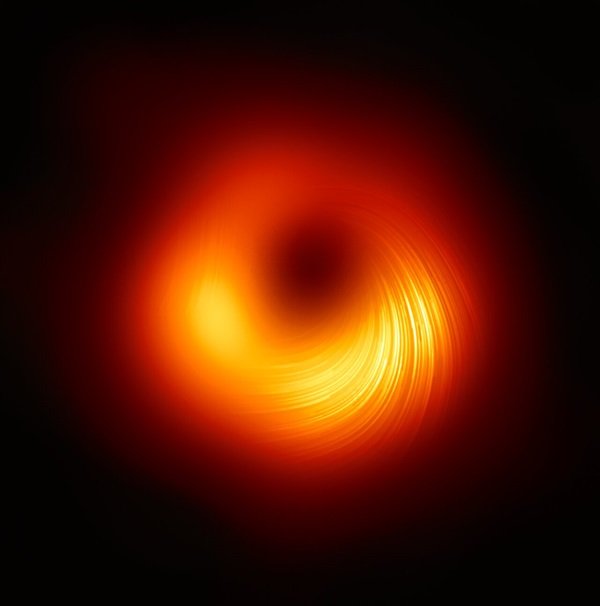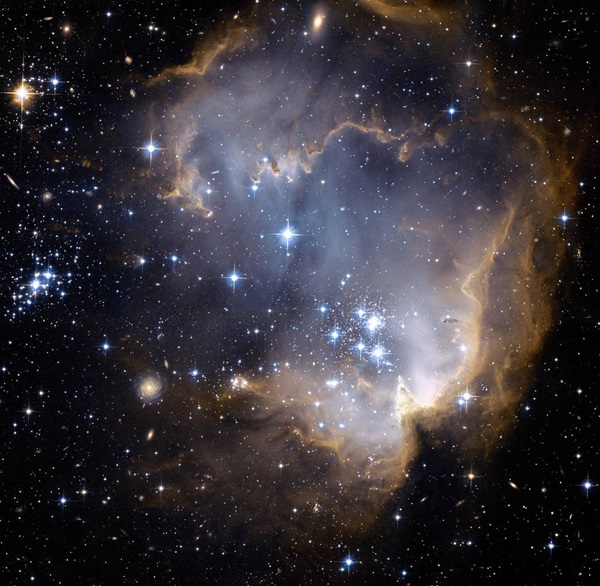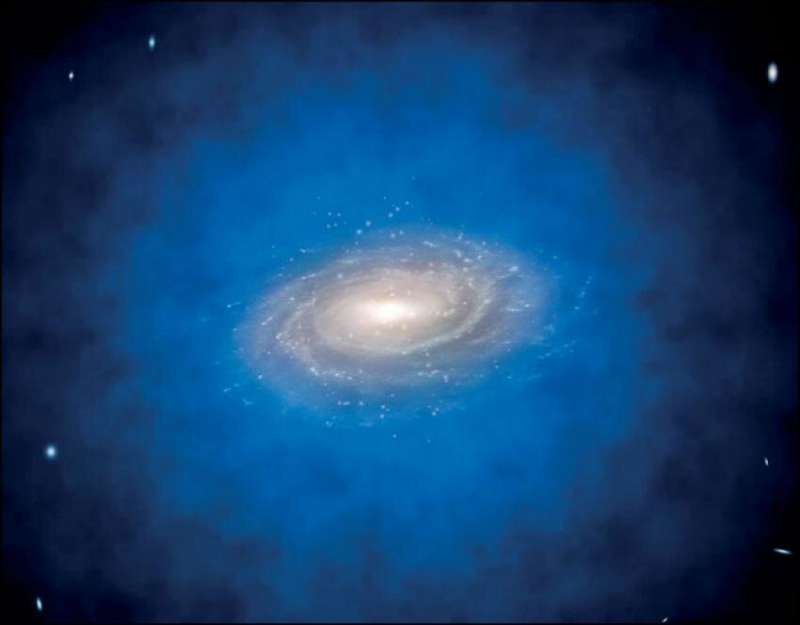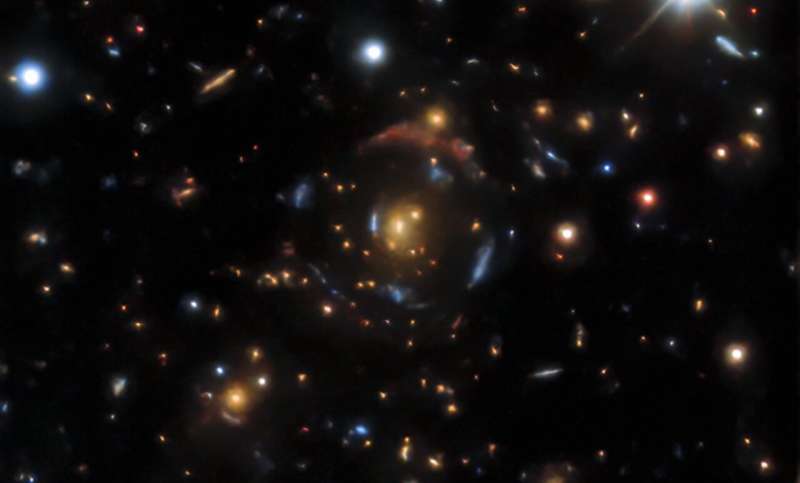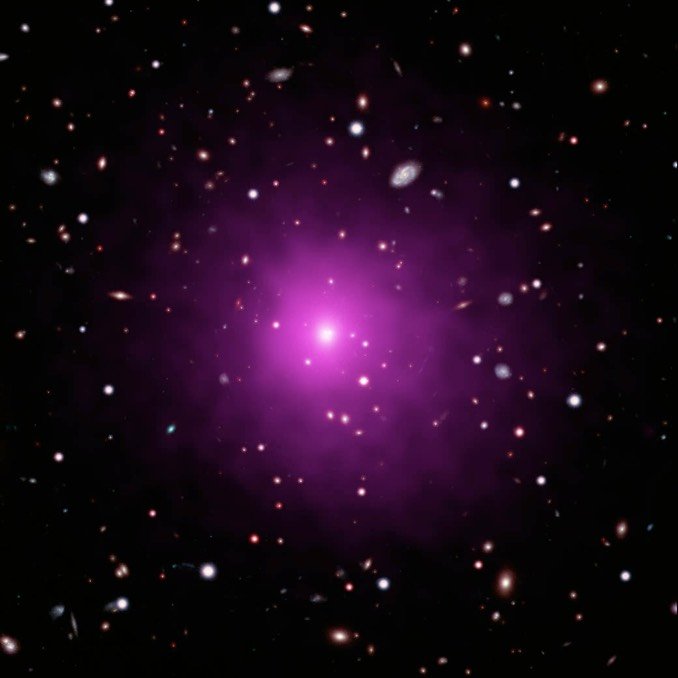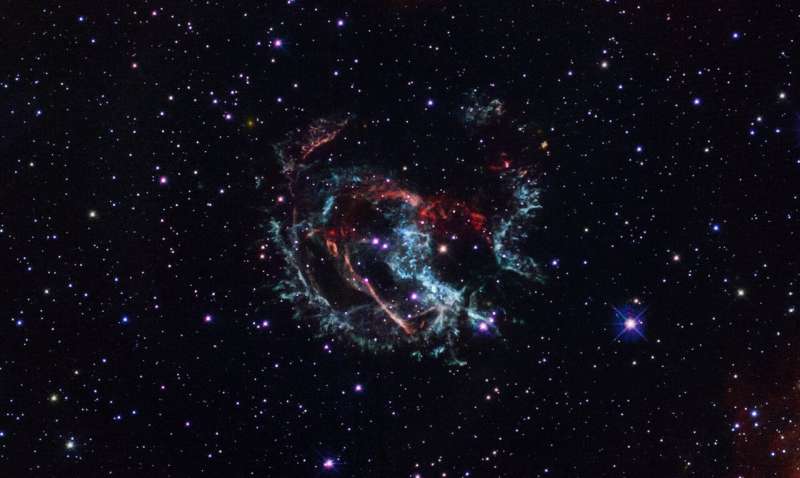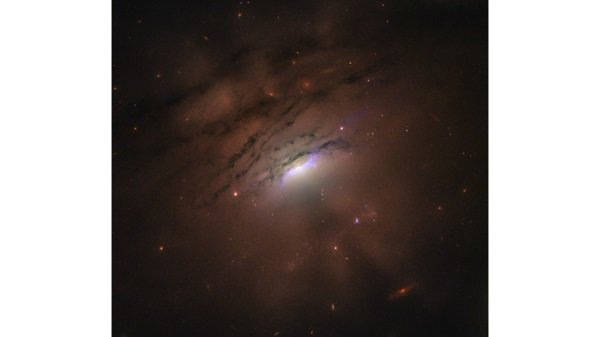Interesting Astronomy & Astrophysics news from the week of 6/6/2021
Next week’s night sky: When the moon completes the first quarter of its orbit around Earth at 11:54 p.m. EDT on Thursday, June 17 (0354 June 18 GMT) its 90-degree angle away from the sun will cause us to see it half-illuminated — on its eastern side. In the first quarter, the moon always rises around noon and sets around midnight, so it is also visible in the afternoon daytime sky. The evenings surrounding the first quarter are the best ones for seeing the lunar terrain when […]
Read more